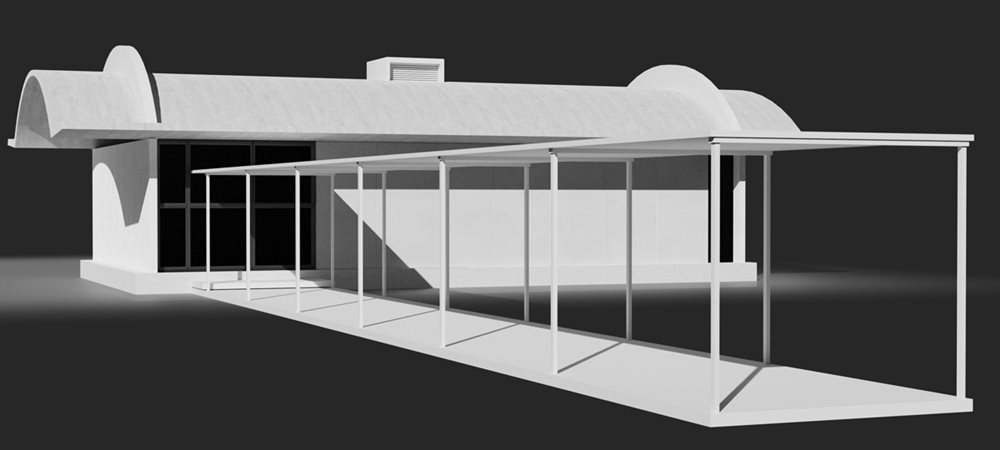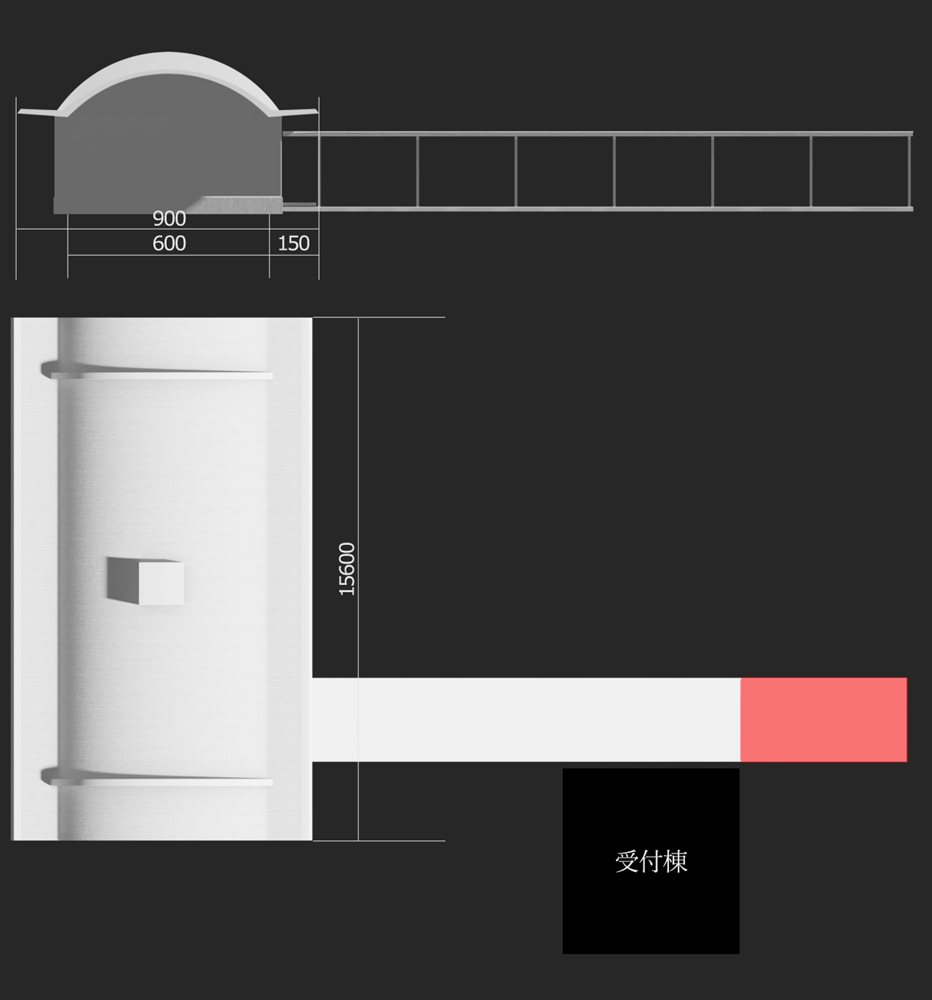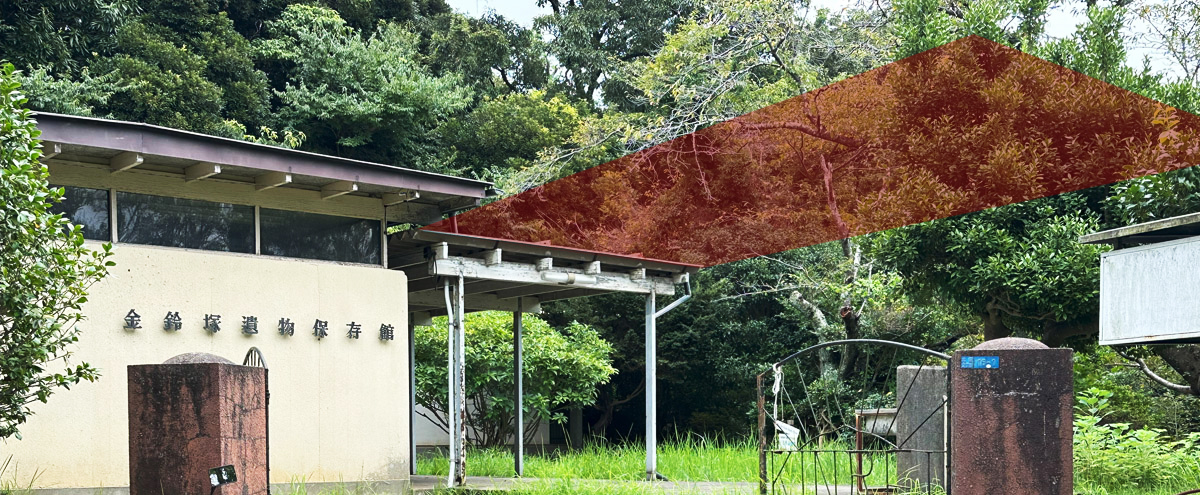Architectural Overview
Architecture designed by “Rengo Sekkeisha”
The design was by Rengo Sekkeisha, consisting of Hideo Yoshida, Keiji Yoshida, Yasuo Minegishi, and Masao Komiyama. They are from the laboratory of Kiyoshi Ikebe at Institute of Industrial Science, The University of Tokyo (IIS), which was focused on exploring rationalistic design. Among them, Yasuo Minegishi was also a member of the “Gonin no Kai”(means “Five People Party”) along with Masato Otaka, the designer of the Chiba Prefectural Central Library, a group that was at the forefront of new ideas at the time. I was surprised to learn that a building symbolizing the modernist trend of the Showa era, before the period of rapid economic growth, had remained in Kisarazu.
A space where precision and warmth coexist, emanating from both inside and outside. It envelops our consciousness, which was focused on appreciation at the time and now on the creation of works.
Oda Mountain During Wartime
During the war, Oda-yama Mountain was a fortress dotted with military facilities. At the summit, there was a gun emplacement, and the tunnels remaining at the foot of the mountain were said to have been air-raid shelters. However, it was recently discovered that there had been a military command center deeper inside. Although now covered by trees, it was originally built in a neat garden with a view of Tokyo Bay. People at the time must have felt a sense of the future in its modern form.
Additionally, the roof’s design evokes not only the rationality of modernism but also an homage to ancient Japan.
It can be said that it is miraculous that this building, over 70 years old, is still maintained by the citizens.


Including the ticket shed, it is almost the same as when it was completed, but when compared with photos from that time, it appears that the red section in the diagram of the corridor roof has been removed.

(Reference) “Chiba Prefectural Central Library”: Designed by Masato Otaka. It is registered with preservation groups as an existing modern architecture representing Japan. The completion of this building was in 1968. This means that the “Kinreizuka Artifact Preservation Museum” was completed 12 years earlier.
 CG Gallery
CG Gallery